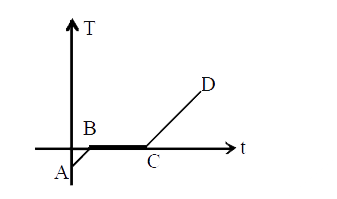Heat is supplied to a certain homogeneous sample of matter, at a uniform rate. Its temperature is plotted against time, as shown in the figure below. Which of the following conclusions can be drawn?

Its specific heat capacity is greater in the solid state than in the liquid state. time
Its specific heat capacity is greater in the liquid state than in the solid state.
Its latent heat of vaporization is greater than its latent heat fusion.
Its latent heat of vaporization is smaller than its latent heat of fusion.
The correct Answer is:B, C, D
Step by step video, text & image solution for Heat is supplied to a certain homogeneous sample of matter, at a uniform rate. Its temperature is plotted against time, as shown in the figure below. Which of the following conclusions can be drawn? by Physics experts to help you in doubts & scoring excellent marks in Class 12 exams.
Updated on:21/07/2023Topper's Solved these Questions
- HEAT AND TEMPERATUREBOOK - FIITJEECHAPTER - HEAT AND TEMPERATUREEXERCISE - COMPREHENSIONS-I
3 Videos
- HEAT AND TEMPERATUREBOOK - FIITJEECHAPTER - HEAT AND TEMPERATUREEXERCISE - COMPREHENSIONS-II
2 Videos
- HEAT AND TEMPERATUREBOOK - FIITJEECHAPTER - HEAT AND TEMPERATUREEXERCISE - ASSIGNMENT PROBLEMS (OBJECTIVE) (LEVEL-I) (ASSERTION AND REASON)
2 Videos
- GRAVITATIONBOOK - FIITJEECHAPTER - GRAVITATIONEXERCISE - Numerical based Question
2 Videos
- KINEMATICSBOOK - FIITJEECHAPTER - KINEMATICSEXERCISE - NUMERICAL BASED QUESTIONS DECIMAL TYPE
5 Videos
Similar Questions
Knowledge Check
Heat is supplied to a certain homogeneous sample of amtter, at a uniform rate. Its temperature is plotted against time, as shown in the figure below. Which of the following conclusions can be drawn?
 AIts specific heat capacity is greater in the solid state than in the liquid state.BIts specific heat capacity is smaller in the solid state than in the liquid state.CIts latent heat of vaporisation is greater than its latent heat of fusion.DIts latent heat of vaporisation is smaller than its latent heat of fusion.
AIts specific heat capacity is greater in the solid state than in the liquid state.BIts specific heat capacity is smaller in the solid state than in the liquid state.CIts latent heat of vaporisation is greater than its latent heat of fusion.DIts latent heat of vaporisation is smaller than its latent heat of fusion.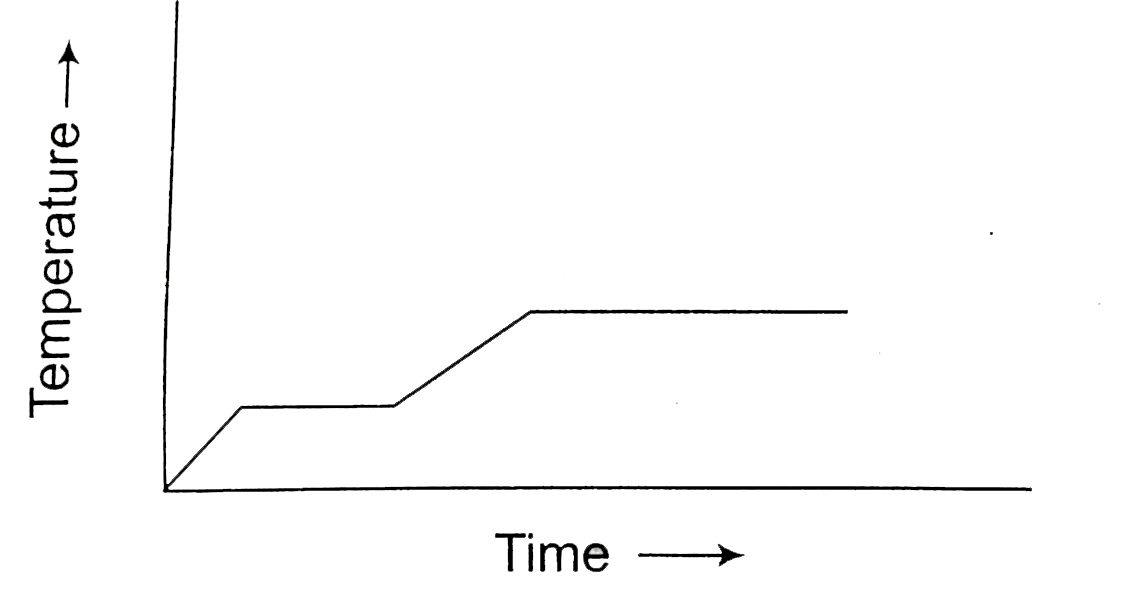
Heat is supplied to a certain homogeneous sample of matter, at a uniform rate. Its temperature is plotted against time, as shown Which of the following conclusions can be drawn?
(i) Its specific heat capacity is greater in the solid state than the liquid state.
(ii) Its specific heat capacity is greater in the liquid state than in the solid state.
(iii) Its latent heat of vaporization is greater than its latent heat of fusion.
(iv) Its latent heat of vaporization is smaller than its latent heat of fusionA(i),(iii)B(ii),(iii)C(iii),(iv)D(i),(iv)A hot liquid is kept in a big room. Its temperature is plotted as a function of time. Which of the following curves may present the plot ?
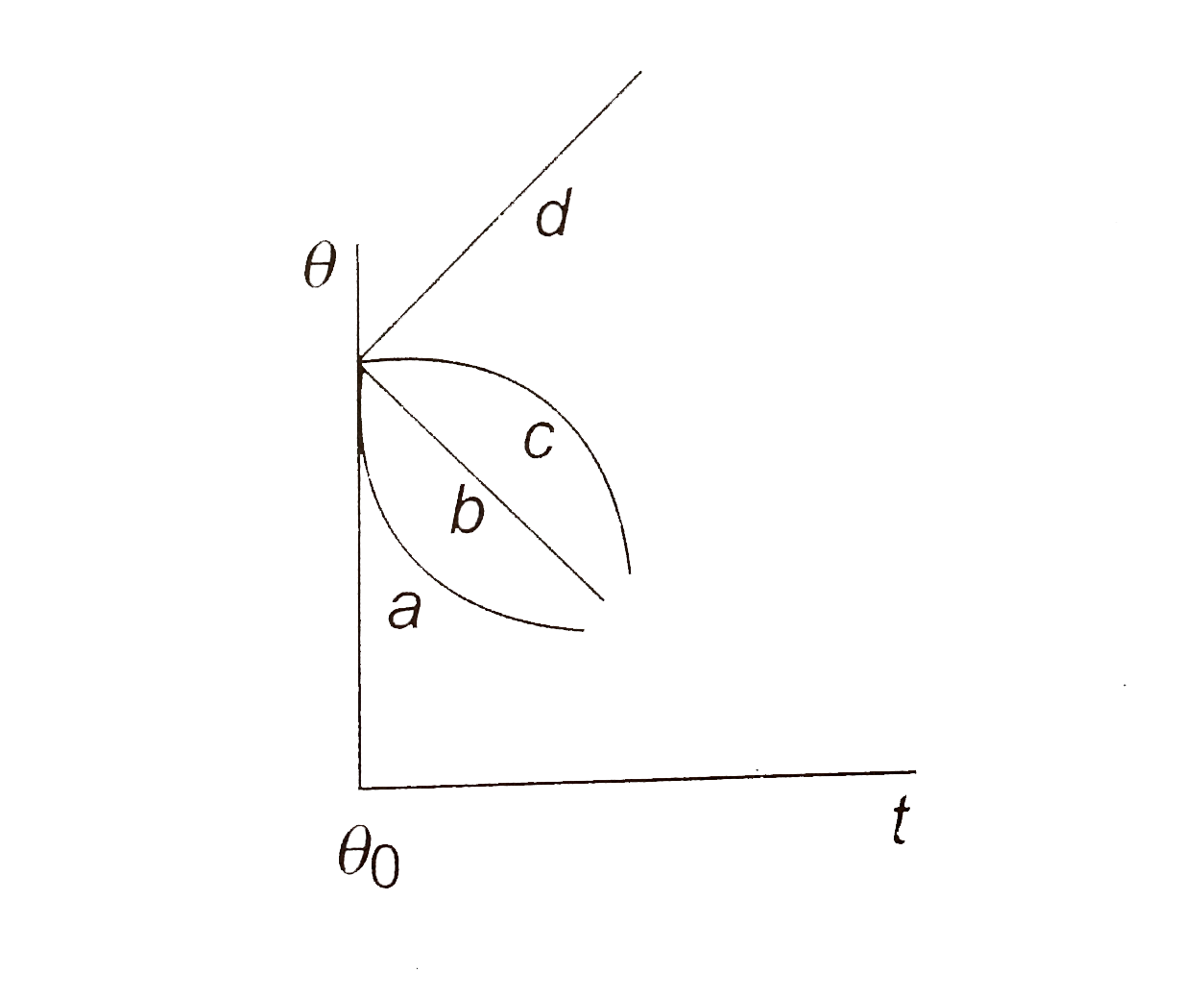 AaBbCcDd
AaBbCcDd
Placed below is a karyotype of a human being..
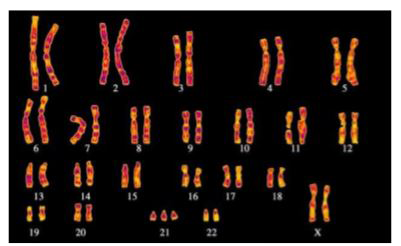
On the basis of this karyotype, which of the following conclusions can be drawn:
View SolutionThe intensity of X-rays firom a coollidge tube is plotted against wavelength λ as shown in the figure-3.12. Which ofthe following statements is/are correct:

View SolutionA hot liquid is kept in a big room. Its temperature is plotted as a function of time. Which of the following curves may represent the plot?
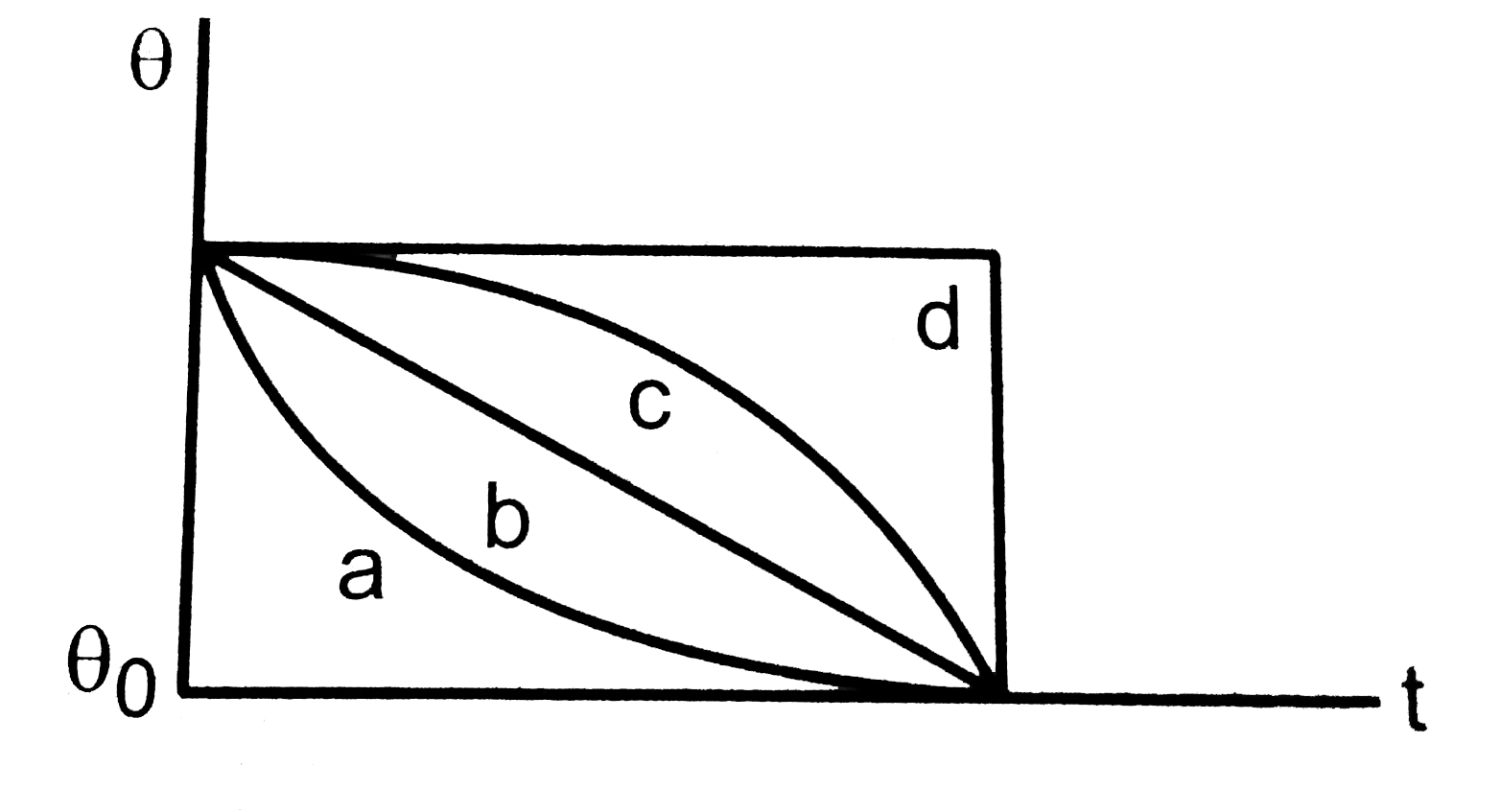
View SolutionThe displacement-time graph of two moving objects A and B are shown in the figure given below. Which of the following is incorrect?

View SolutionThe variation of decay rate of two radioactive samples A and B with time is shown in fig.
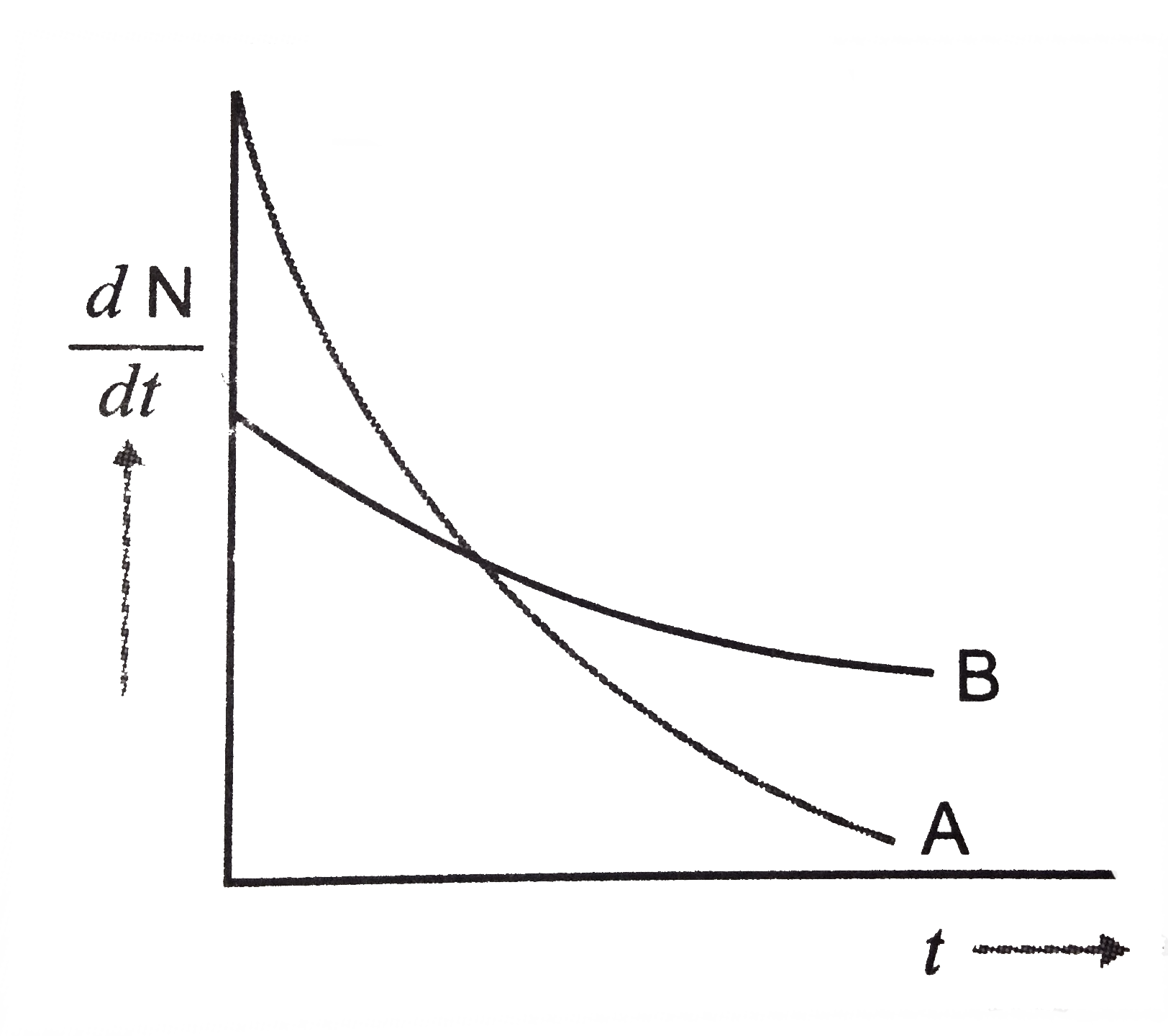
Which of the following statements are true?
View Solution


